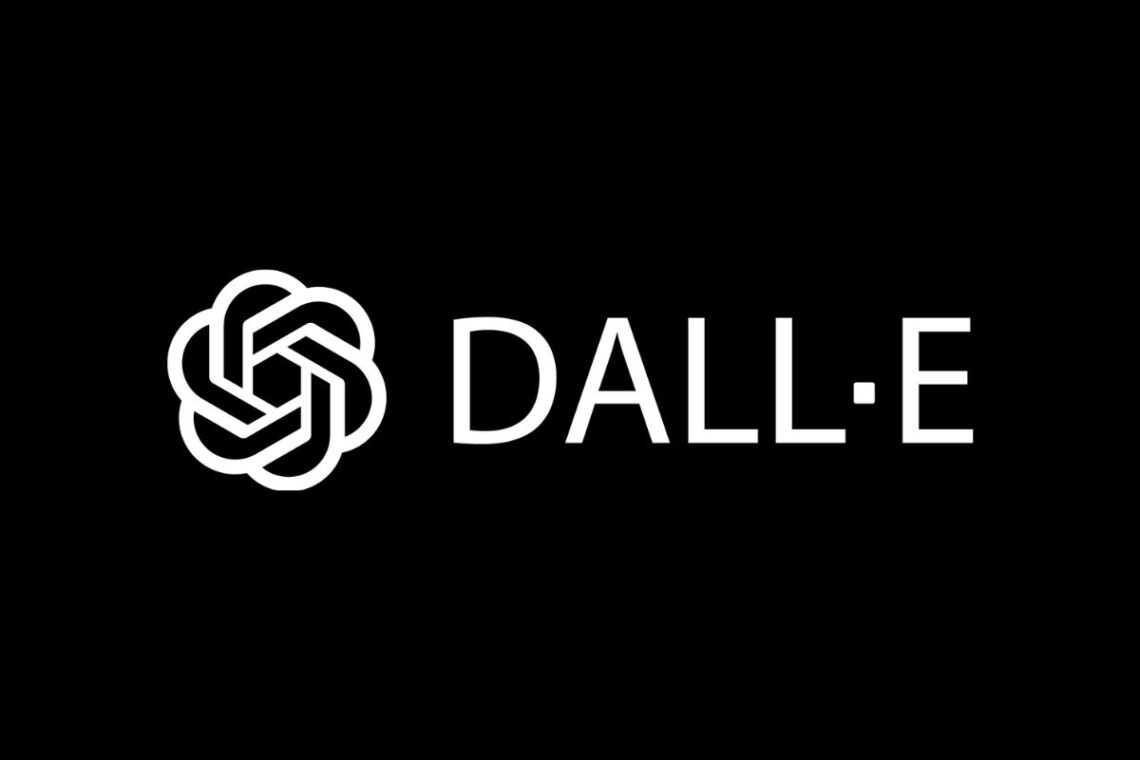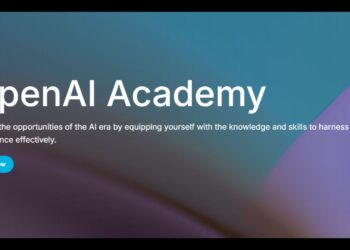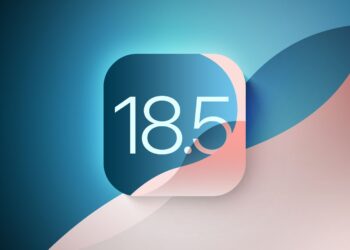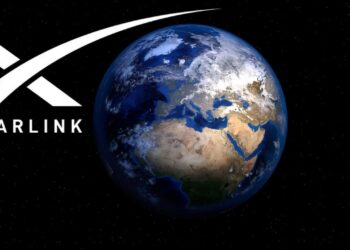OpenAI has introduced a significant feature in its DALL-E 3 image generator to enhance the transparency and trustworthiness of digital content. The addition of watermarks by DALL-E 3 to images aims to distinguish between AI-generated and human-created images, addressing the growing scrutiny over the origins of digital content.
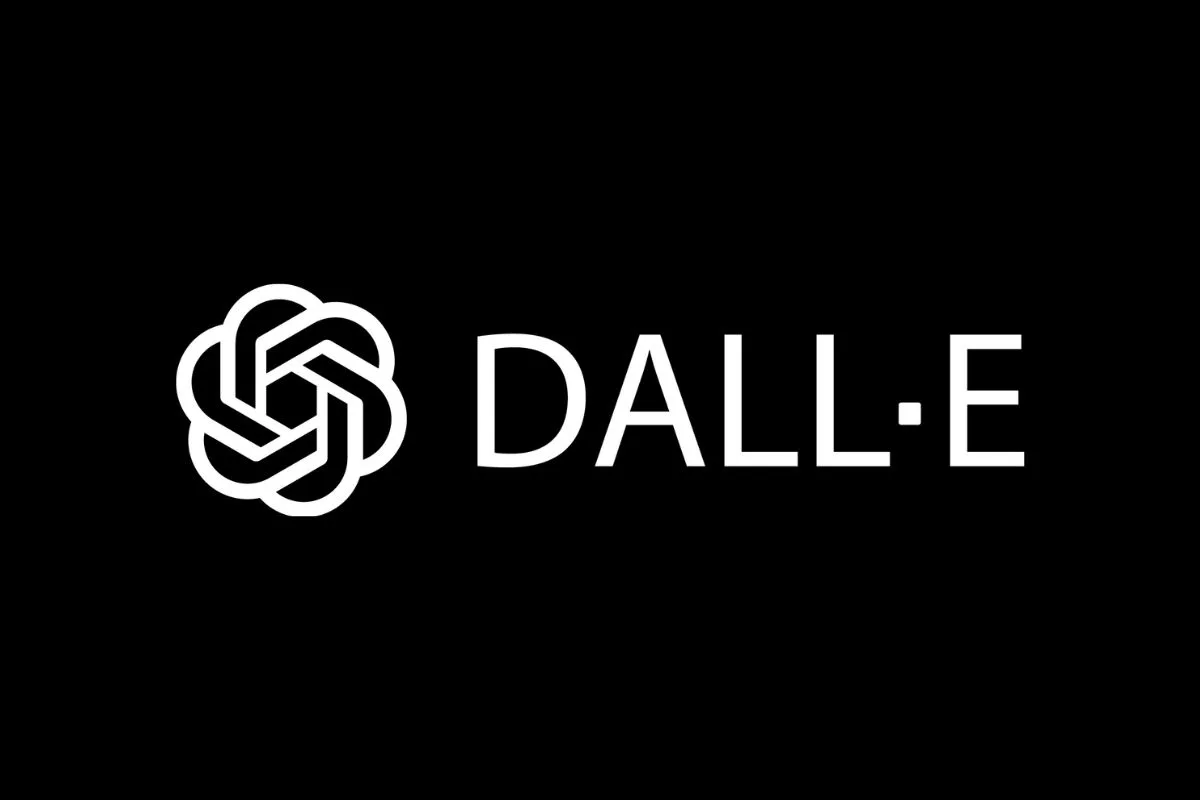
This move aligns with the Coalition for Content Provenance and Authenticity’s (C2PA) strategy, involving the embedding of watermarks into image metadata. The watermarks come in two forms: an invisible metadata component and a visible CR symbol discreetly placed in the image’s top left corner.
Implemented from the ChatGPT website to the DALL-E 3 API, this feature will soon be accessible for mobile users, ensuring a seamless integration without compromising image quality. Despite concerns about potential impacts on image sizes and processing times, OpenAI assures users of minimal disruptions.
The C2PA, backed by tech giants like Adobe and Microsoft, spearheads this initiative to advocate for digital content authenticity through the Content Credentials watermark. The goal is not only to add transparency but to establish a clear distinction between human and AI-created content, ultimately boosting the trustworthiness of online material.
However, challenges persist, such as the potential stripping away of metadata by social media platforms, emphasizing the ongoing battle against misinformation and the complexities of digital content verification.
